Getting EFL/ESL students to read novels is hard. Most books contain language beyond the capabilities of an intermediate, or even advanced learner, so trying to read hundreds of pages of a story takes a lot of time and dedication.
Often, EFL/ESL learners end up reading things for people younger than them, as the language is easier. But this isn’t interesting. Adults and older teens don’t usually want to read a lot of books for kids. They’ll get bored and not read at all.
So what can we do? Well, fortunately, there are some novels out there which are suitable for adults without using overly complicated language. An EFL/ESL learner can learn a lot from them, while also enjoying the story.

And guess what? I’ve made a list of 9 such books. They’re all great for adults (even if they were originally written for children, like Harry Potter), although an intermediate (B1) level is required for all, and in some cases at least an upper intermediate (B2).
I’ve tried to include a variety of genres (fantasy, sci-fi, horror, romance, political, etc.). I have read all of the books on this list with the exception of entry 6 – a romantic novel. I don’t read that genre at all, but I’m told it’s a good one. Warning: some stories contain swearing, violence and disturbing scenes.
Some novels were published recently, while others are older. I tend to avoid older books because the language is too complex and archaic, so authors like Dickens, Austen and Tolkien don’t make this list, despite their obvious cultural importance.
Without any more delay, let’s get to the list!
1. Wonder – R.J. Palacio (2012)
Honestly, if I had to say which novel I’ve read in the last few years stuck with me most, it’s Wonder by R.J. Palacio. It tells the story of a boy with facial deformities starting school after years of home-tuition. It’s simultaneously crushingly sad and beautifully inspiring.
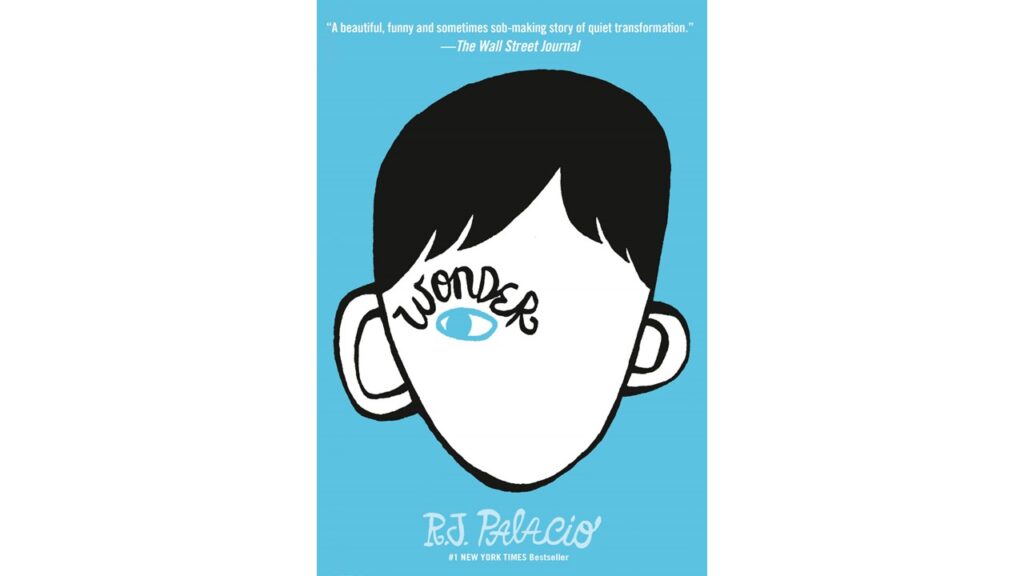
However, it makes this list because of how accessible it is for EFL/ESL learners. It’s a book for adults and children alike, so the language is relatively easy to follow, and it’s not overwhelmingly long.
It’s a perfect first novel for intermediate (B1) and higher adults.
2. The War of the Worlds – H. G. Wells (1898)
I’ve generally avoided pre-war novels on this list, but I couldn’t exclude the works of “the father of science fiction” H. G. Wells.
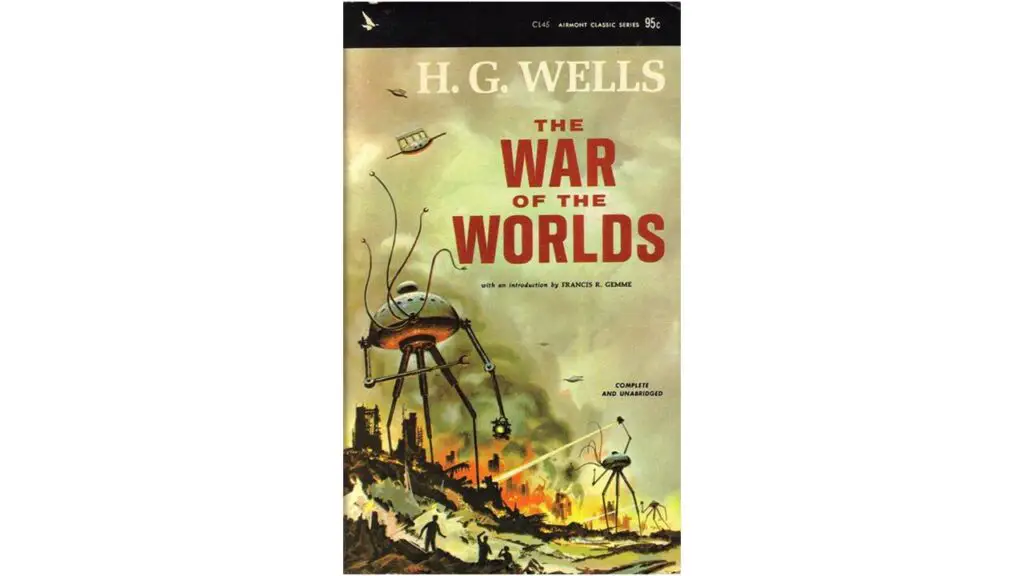
If you’re unfamiliar with The War of the Worlds, the premise is that martians land on Earth with massive machines and try to take over. Seems like a thousand other sci-fi stories, right? Well, yes, because all those others came after this one. It was a defining book in the genre.
The language is a little old-fashioned. That’s expected with a novel that’s over a hundred years old, but compared to plenty of other books from the time, it’s not too hard to read. There’ll be some strange vocabulary and some odd phrasing, but an upper intermediate (B2) learner should be able to keep up.
And once you’re done with The War of the Worlds, you can try other H. G. Wells stories like The Invisible Man and The Time Machine.
3. The Kite Runner – Khaled Hosseini (2003)
A book that’s sure to move you. Khaled Hosseini’s work is a powerful story of life from the perspective of two boys in Afghanistan during the Soviet Invasion.
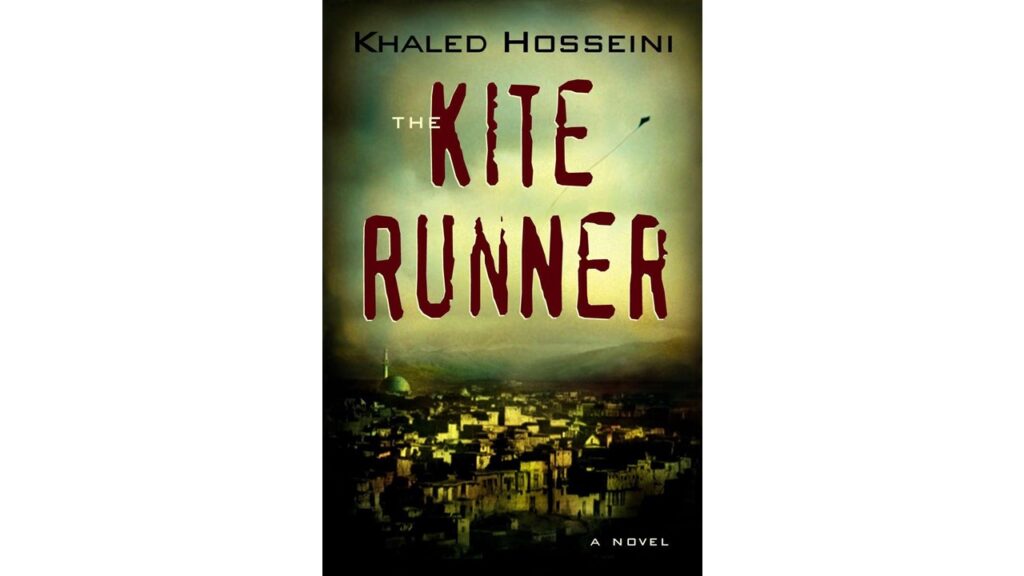
The language in The Kite Runner is easy to understand, but not simplistic. That means someone with a B1 level could grasp most of what’s going on, and a B2 learner will have few issues at all.
The only reason you might wish to avoid this book is the potentially sensitive content. There are scenes of cruel violence, murder, and other disturbing moments, so it definitely comes with plenty of trigger warnings.
Hosseini’s other books A Thousand Splendid Suns and And the Mountains Echoed are good alternatives, too, with the latter touching on far fewer difficult themes.
4. Shantaram – Gregory David Roberts (2003)
Shantaram has a reputation for being love-it or hate-it. Personally, I had a blast reading about Lin’s exciting adventures in Bombay (Mumbai), and the philosophical path he went down. It’s based on Roberts’s own experiences, and while not being exactly true, it’s still a fantastic tale.
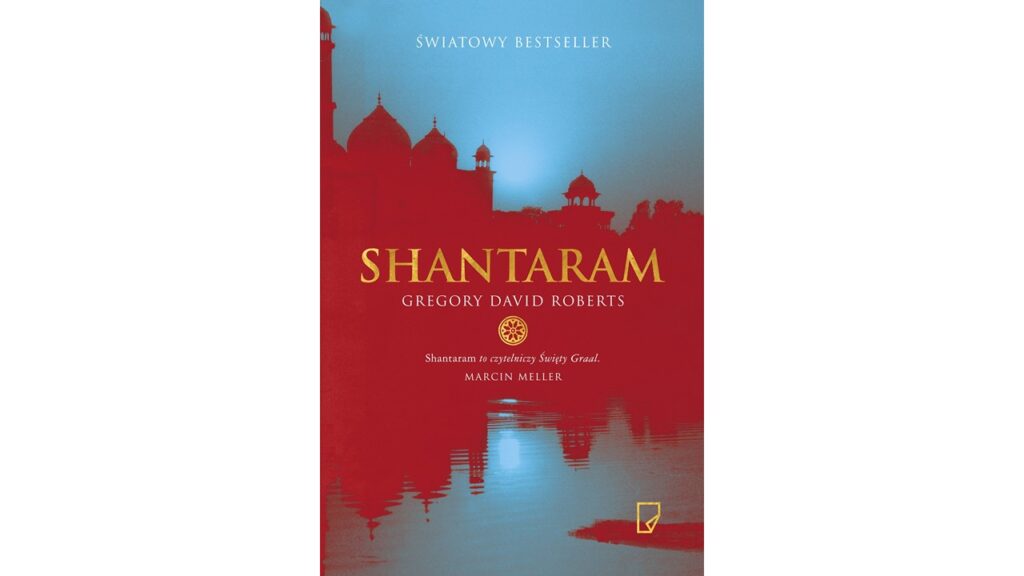
This is definitely one for more advanced readers. The language isn’t overly flowery, but the book is long, with several tough passages. I’d say an advanced (C1) level is a minimum.
There are some tricky topics in the book, including drug use, addiction and violence. Saying that, it’s not overly graphic or upsetting for most tastes.
5. Charlotte’s Web – E. B. White (1952)
An absolute classic for every classroom. While the book is supposedly for children, plenty of adults enjoy reading it.
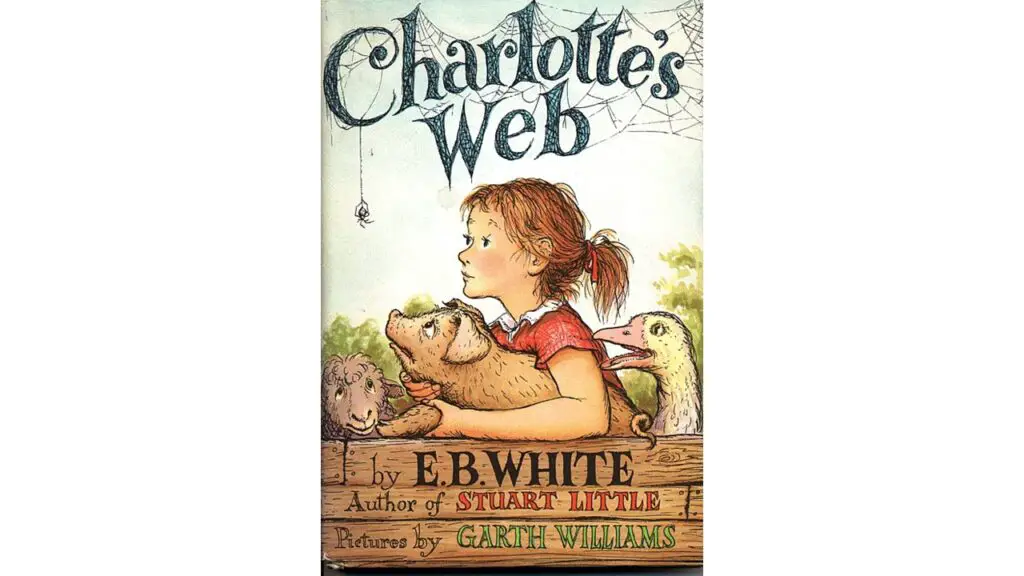
Okay, so it’s not as hard-hitting as some of the other books in this list, but the quality of the language makes it a good learning experience. Most students with an intermediate (B1) level should be able to follow it.
It’s also quite short, so students who feel stressed by the prospect of a huge tome can relax.
6. Love Story – Erich Segal (1970)
One for lovers of romance. I don’t count myself as part of that group, but I’m reliably informed Love Story is a great novel that’s accessible for EFL/ESL learners.

The language is very simple. Simple enough for an intermediate (B1) level reader for sure, and perhaps even a mature beginner (A2) who feels up for a challenge.
7. 1984 – George Orwell (1949)
Orwell’s novel 1984 is a classic work of fiction. It’s commonly cited as one of those books everyone should read before they die, but that’s not the only reason it makes it onto this list.
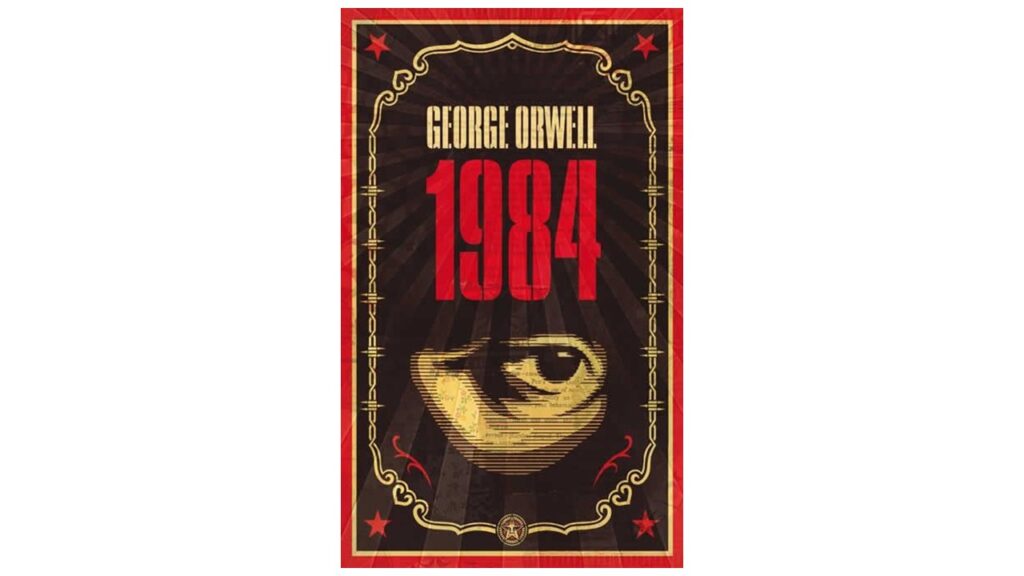
While it’s far from the easiest read for an EFL/ESL learner, it’s accessible for upper intermediate (B2) and advanced (C1) students. It’s also a reasonable length compared to many of the sprawling classics. Students won’t get bogged down in hundreds and hundreds of pages.
A slightly shorter and easier alternative would be Animal Farm, another of Orwell’s brilliant political satires.
8. Carrie – Stephen King (1974)
The first of legendary horror writer Stephen King’s books to be published, Carrie is a perfect choice for EFL/ESL learners wanting to read a bit of the scary stuff without having to commit to the much weightier stories like It and The Shining.

As with all King stories, it’s written in an evocative but simple style, meaning EFL/ESL students with an upper intermediate (B2) level or higher shouldn’t have too much trouble.
It goes without saying that the book includes frightening themes and violence. There’s also an element of child abuse, which some potential readers might wish to avoid.
9. Harry Potter (all of them) – J. K. Rowling (1997-present)
I couldn’t leave this off the list, could I? The legendary Harry Potter series is famous in pretty much every country in the world, both as novels and films. The first book alone is the fifth best-selling novel of all time, only beaten by books which are decades, if not centuries, older.
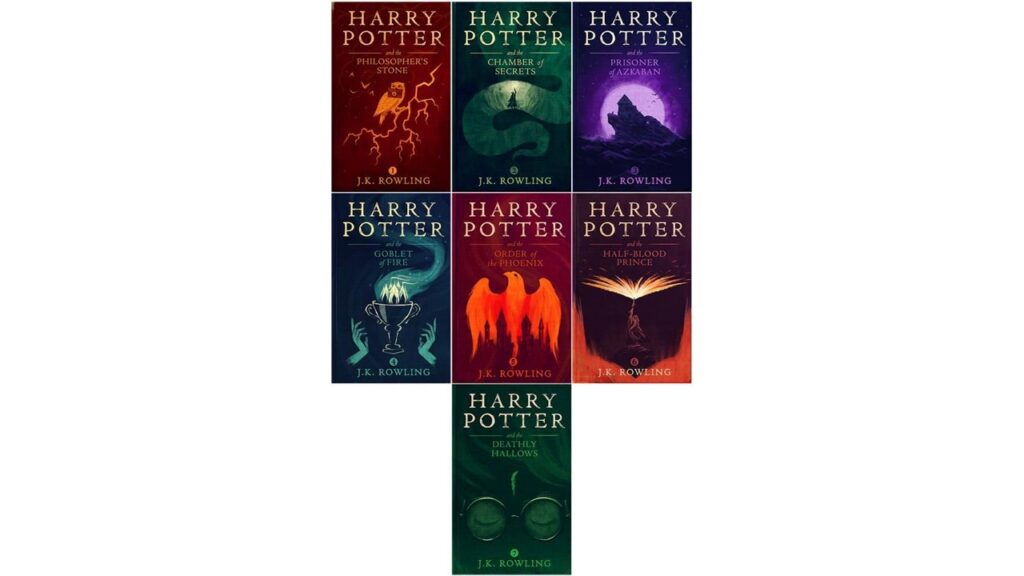
For cultural significance and audience interest, the series makes this list. And it may be tempting to think that the language is easy, too, since the primary target audience is children and teens. But that’s the thing. It’s not quite as simple as it seems.
Rowling uses quite a lot of quirky, somewhat old-fashioned language, as well as introducing her own vocabulary for the variety of wonderful, magical creations that feature throughout.
As a result, an upper intermediate (B2) level is recommended. It may be tempting for learners of a lower level to try the main books, but they could find themselves overwhelmed quickly. For those readers, I’d suggest trying supplementary books like The Tales of Beedle the Bard or The Cursed Child.
Bonus: Modern adaptations of classics
Nobody in their right mind would suggest an EFL/ESL learner read the original works of Shakespeare. It’s hard enough for us native English speakers. Neither would I recommend Homer, Dickens, Austen or even Conan-Doyle.
While the stories may be great, the writing style is simply too opaque and complex, so only the most advanced students can access them.
However, we don’t have to consign those works to the scrapheap. Instead, we can find modern interpretations (often for children) which tell the story in a much friendlier way.
There are plenty of novella or novel forms of Shakespeare’s plays, as well as modern interpretations of The Odyssey and The Iliad. Many other classics in the public domain have rewritten versions for a contemporary audience. They’re not always the easiest to find, but they’re worth their weight in gold.




